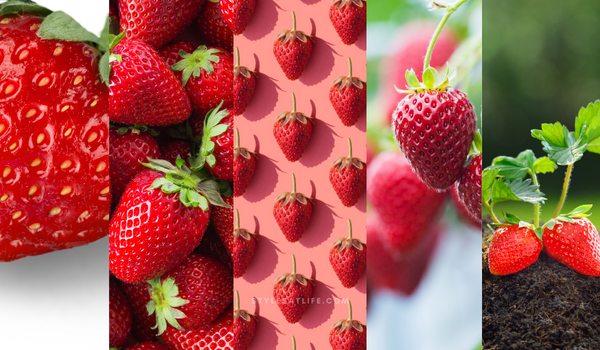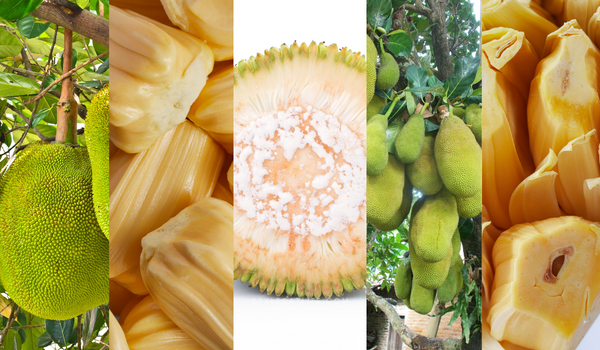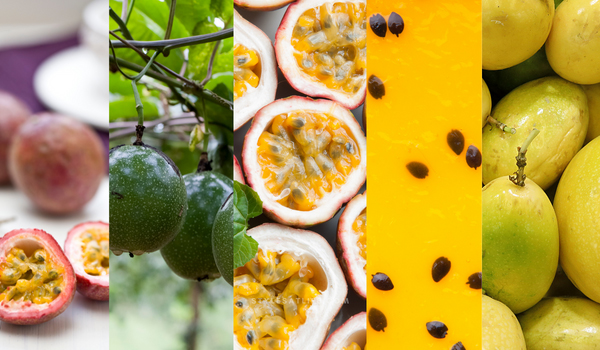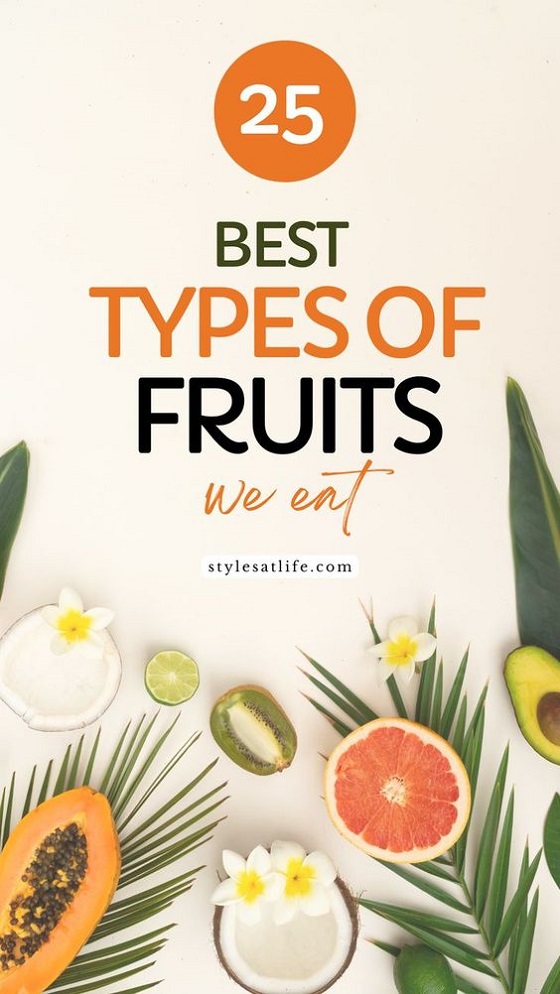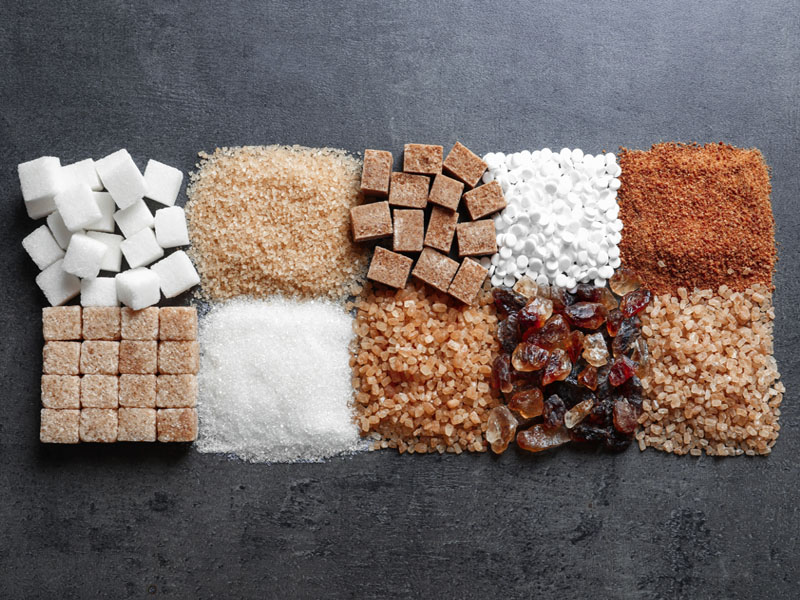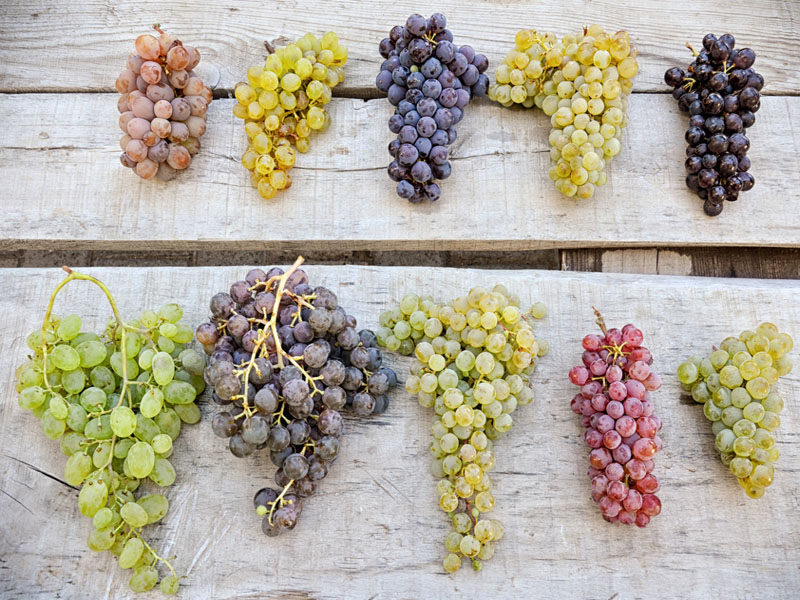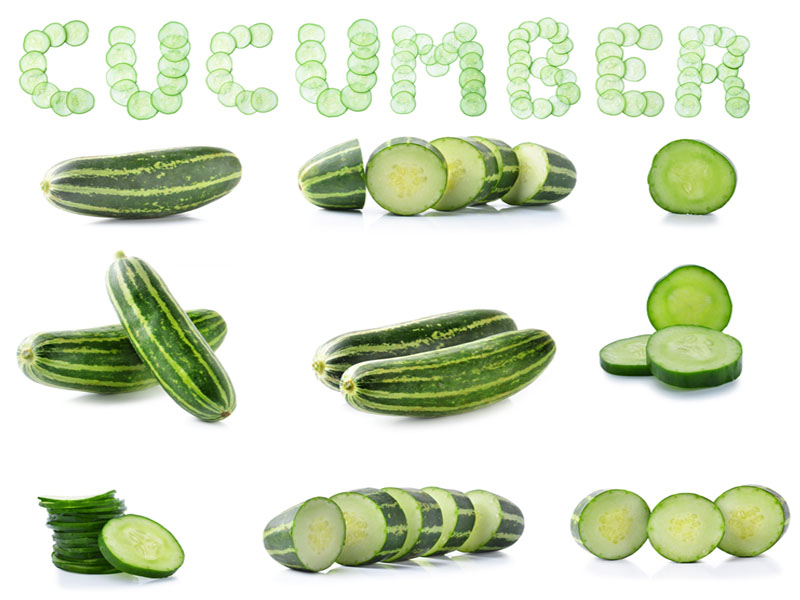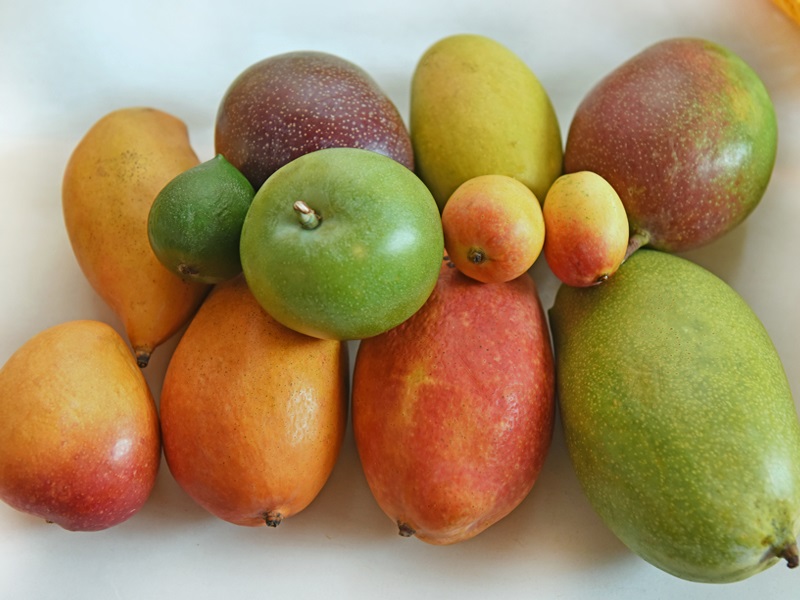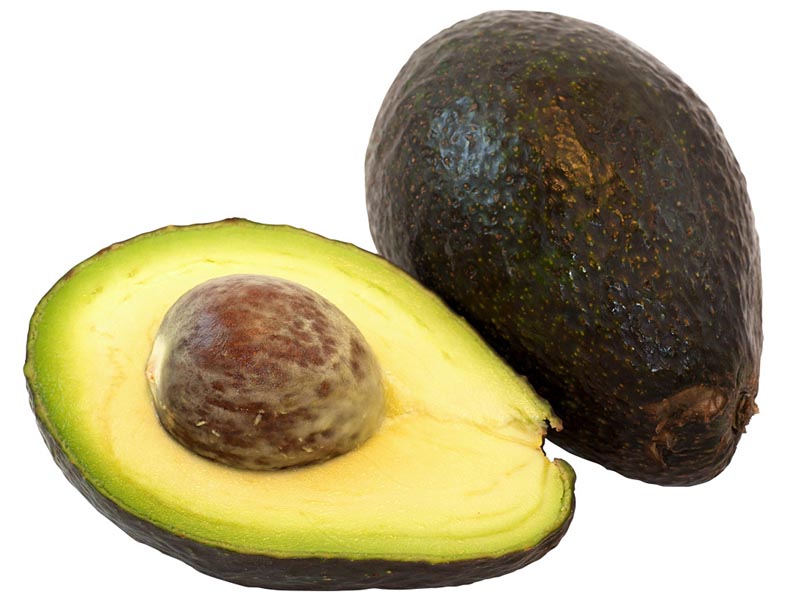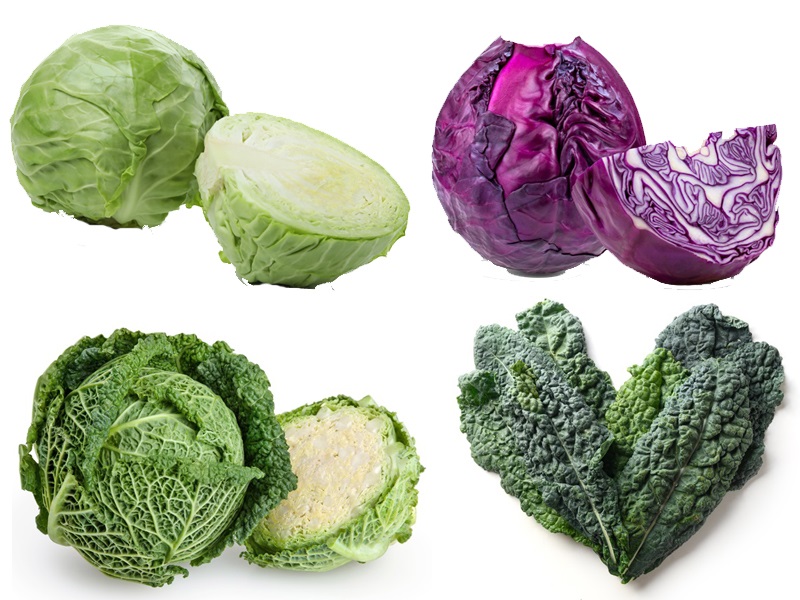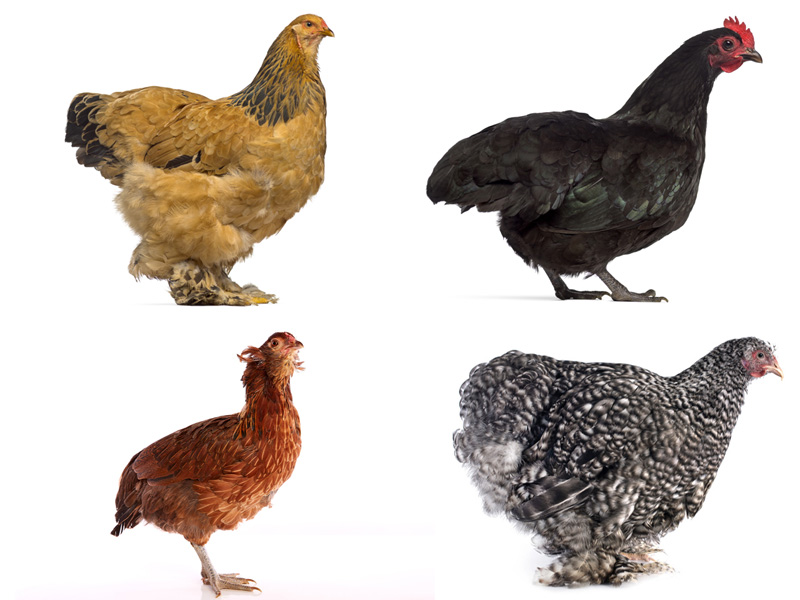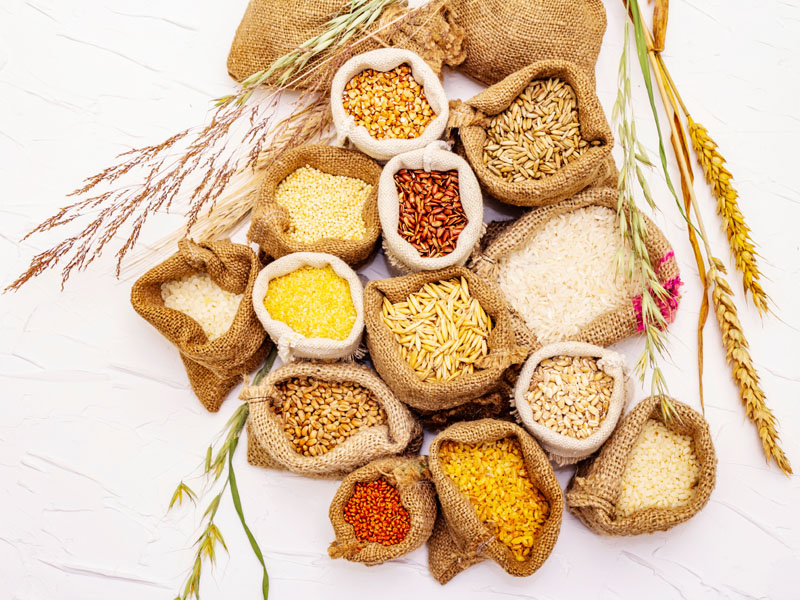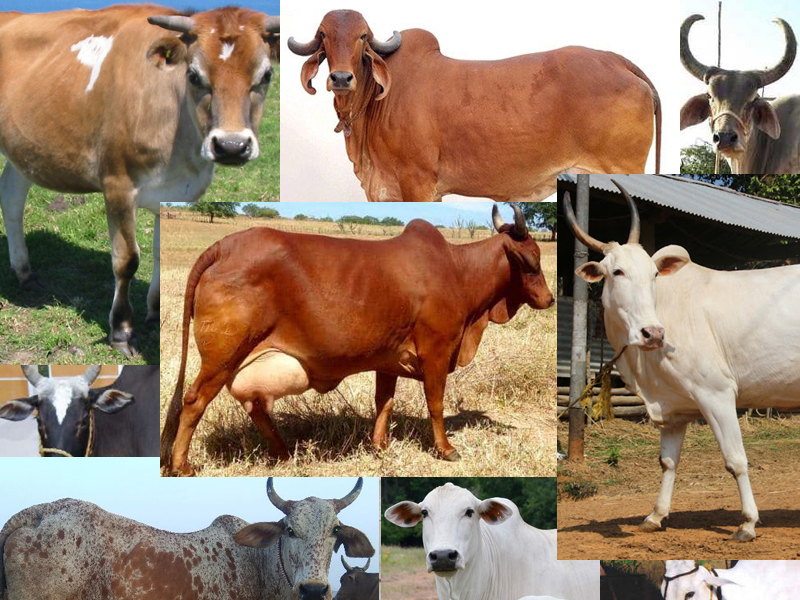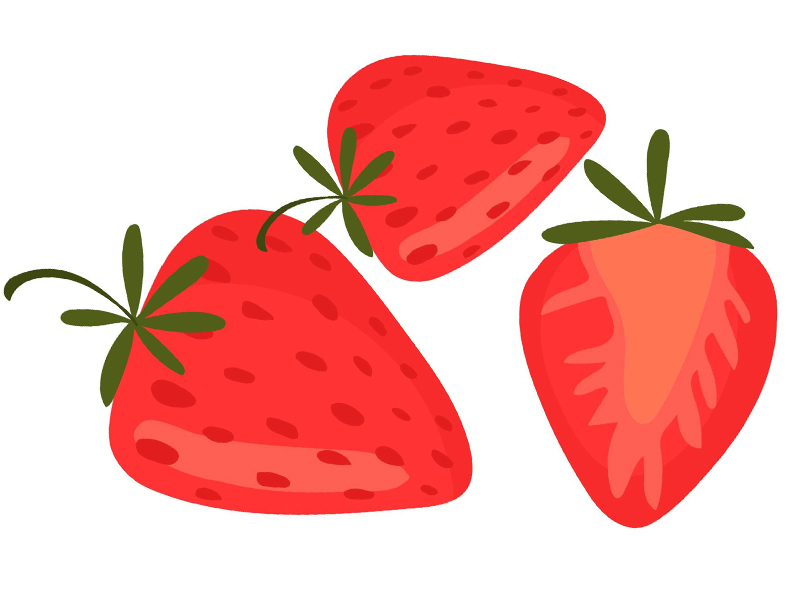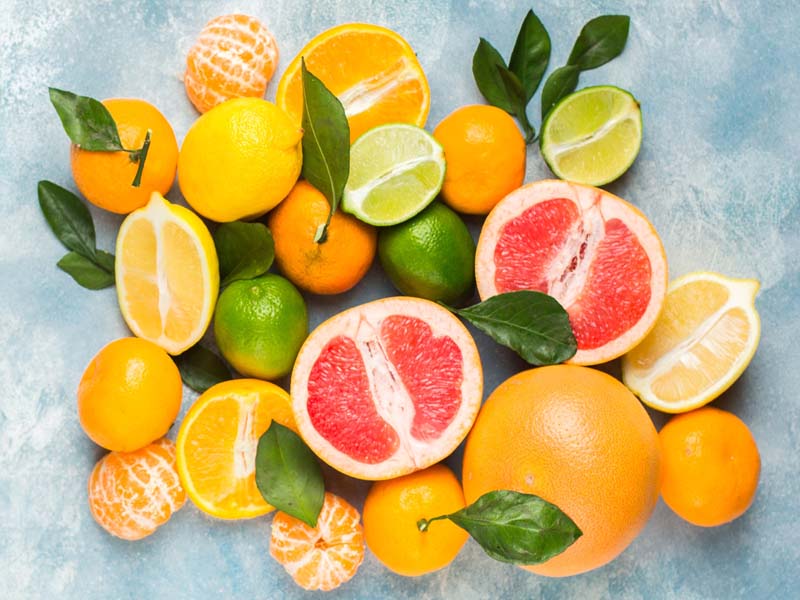Fruits are one of nature’s bountiful gifts to mankind. They are juicy, delicious and filled with nutritional goodness to help us enjoy a healthy and happy life. The interesting part about this food group? There are many types of fruits that come in a variety of shapes, sizes and flavours to tickle our taste buds and improve our physical and psychological well-being.
In this article, we shall delve deep into the subject of the different kinds of fruits, their properties and 25 most popularly consumed fruits across the world. Before you get ready to sink in your teeth into these delicious treats, you must read these interesting facts to appreciate these humble fruits even more!
What is a Fruit and Its Types?
A fruit is a product of the tree that bears seeds and is consumed as a food for its sweet, edible flesh. They can be eaten in a raw form as a whole or cooked into a stew, juiced, diced or even dried and frozen forms. Technically, even avocadoes, tomatoes, cucumbers, squash and other sweet-tasting vegetables can also be treated as fruits.
What are All the Different Types of Fruits?
Fruits are divided into groups depending on the number of ovaries they have developed from. Here are some of the major classifications of fruits to know about:
Simple Fruits:
Simple fruits are those which are developed from the single ovary or one pistil of a flower. They are further divided into dry and fleshy, where dry fruits can be dehiscent or indehiscent and fleshy ones can be semi pericarp or full.
- Examples of simple fruits include fleshy fruits like apples, cherries, plums or dry ones like hazelnuts, walnuts etc.
Aggregate Fruits:
These types of fruits are developed from multiple ovaries of a single flower. They are categorized into follicles, achenes, drupelets, berries and also called compound fruits.
- Examples: Custard Apple, Raspberry, Blackberry etc.
Multiple Fruits:
These fruits are developed from a cluster of flowers, which merge to become one large fruit.
- Examples: Pineapple, Breadfruit, Figs, Mulberry etc.
Accessory Fruits:
Accessory fruits are also called pseudo fruits or false fruits, as the edible flesh is not only developed from the ovary of the flower, but also from a non-ovarian tissue residing adjacent to the carpel.
- Examples: Strawberry, Fig, Apple, Stone Fruit etc.
What are the Various Categories Of Fruits?
In the above section, you have learnt about the types of fruits divided based on their formation, let us now understand the categorization of fruits based on the physical structure and the seeds.
Achene:
It is a simple, dry indehiscent fruit that is developed from a single ovary and has a thin and closed wall around the single seed.
- Examples: Strawberry, Sunflower Seeds (the actual edible part is technically a fruit), Buckwheat etc.
Berry:
It is a fleshy fruit that contains many seeds inside and a soft or hard covering on the outside.
- Examples: Kiwi, Watermelon, Cranberries, Passion Fruit, Grapes, Papaya, Bananas and Tomatoes
Caryopsis:
It is a type of fruit that is seen in cereals and grasses and is a dry, single fruit in which the ovary wall joins the outer seed coating.
- Examples: Corn, Rice, Barley, Rye, Oats and other grassy plants
Drupe:
Also called the stone fruit, this variety of fruit belongs to the indehiscent type. It has a hard pit containing a seed present on the inside and surrounded by a soft, fleshy mass on the outside.
- Examples: Peach, Cherry, Coconut, Mango, Plum, Olive etc.
Legume:
A legume is a dry, dehiscent fruit that is usually long in size and contains many seeds inside. These seeds are released when the fruit is split vertically along the two seams.
- Examples: Peas, Beans, Tamarind and Peanuts
Nut:
A nut is technically a dry fruit, that has a hard, wood-like outer covering and is generally inedible. Inside this shell is an edible, single seed.
- Examples: Chestnuts, Hazelnuts, Acorns and Beechnuts
25 Different Types of Fruits and their Names with Pictures:
After that dose of botanical knowledge, we wanted to give you an insight into the characteristic properties of some of the common kinds of fruits with pictures and names:
1. Apple:
Among the many fruit categories, apples top the charts in terms of popularity. An Apple is a juicy and edible fruit of the apple tree, scientifically called the Malus Domestica. It has its roots in Central Asia and now spread to many countries that cultivate many varieties of apples. These are grown from flowers and have multiple seeds inside them, which are the only inedible parts of the fruit.
The size of apples varies from 2 to 4 inches in diameter and different colors like yellow, red and green are available in the market. Depending on the acidity level of the fruit, apples have a sweet to sour taste. They are consumed as whole fruits, cut fruits, juices, pies and other desserts.
2. Banana:
Banana is a tropical fruit, renowned for its nutritional goodness. It belongs to the Musaceae family and is botanically a berry, due to multiple seeds inside it. The fruit comes with an outer cover, which when peeled reveals a mushy, white flesh. Both the ripe and unripe varieties of fruits are edible, with sweet and starchy-tart tastes respectively.
Bananas are available easily in most countries and also one of the inexpensive fruits in the world. They are used for making chips, milkshakes, cakes and other culinary delights.
3. Mango:
Mango, the “King of the fruits” is a drupe fruit that grows in tropical regions. It has yellow-coloured tangy pulp, with a unique flavour and fragrance. Mango belongs to the Anacardiaceae family and is available only in summers. Depending on the variety-the shape, colour, texture of pulp and the taste varies drastically. The unripe mango is very sour and as the fruit ripens, the sugar levels rise to add sweetness. Mangoes are rich in Vitamin C, antioxidants and other key nutrients, making it one of the most nutritional kinds of fruits on the planet.
4. Orange:
Orange is a citrus fruit that is loaded with nutrients like Vitamin C. They are round in shape, with a greenish to orange color leathery, outer skin. When this layer is peeled, the fruit reveals small bean-shaped segments that have thin skins, juicy pulp and bitter seeds. It has a sour to sweet and tangy taste, depending on the stage of ripening.
Orange juice is a widely consumed health drink across the globe and even the whole fruit is equally popular. The peel is used as an aromatic agent in desserts and even in cosmetics for its skin-tightening properties.
5. Papaya:
Papaya is another tropical fruit that is native to Mexico and Central America. The scientific name of Papaya is Carica Papaya and is also called Paw Paw. It is a fairly large-sized fruit with orangish sweet pulp and many tiny, black seeds inside. Papaya fruits are usually cylindrical in shape and the size can go beyond 20 inches. These so called “exotic” type of fruits are now commonly seen in hot countries like India. Along with the mushy, ripe ones, Unripe papayas are also consumed in the form of salads and curries.
6. Watermelon:
Watermelon is a popular summer fruit that can now enjoyed throughout the year, thanks to hybridization. It belongs to the family of Cucurbitaceae and grows on a vine that usually crawls on the ground. The large-sized fruit is usually oval in shape with a hard, greenish outer cover, called rind and a red, juicy flesh with tiny, black seeds inside. Watermelon is composed of 92 percent water and significant amounts of Vitamins and antioxidants. It can be had as a cut fruit or in the form of refreshing juice.
7. Kiwi:
Kiwi, also called the Chinese Gooseberry is originally from the Newzealand. It belongs to the family of Actinidiaceae and has a fuzzy, brown outer cover that resembles the brown feathers of a Kiwi bird. The inside consists of translucent green flesh that contains many black seeds. This pulp is sweet and mildly acidic, depending on the ripening stage.
Another surprising fact about Kiwi is that there are approximately 50 varieties of this fruit growing across the world, which come in different colors, characteristics and flavours. The popular among them are seedless kiwi, smooth kiwi, brown, red skin kiwi, golden yellow kiwi etc.
8. Grapes:
Grapes are one of the most widely grown types of fruits in the world, chiefly for the making of different wines. They belong to the Vitaceae and are known to be one of the oldest cultivated plants in the history of mankind. The fruits grow as clusters on vines and are usually sweet, sour or tangy. They can either be round or oval in shape and come as both seeded and seedless varieties. The commonly available colors of grapes are green, red and purple, which are consumed as whole fruits, in the form of juices or as fermented versions (wines).
9. Guava:
Guava is a tropical variety of fruit that is native to Mexico, Central America and other warm countries. The common guava grows on a small tree that belongs to the Myrtaceae family and has either pink or white-coloured flesh. The outer skin is bitter tasting and thick, dark green for raw fruits and as the fruit ripens, the bitterness subsides. Inside, there is a sweet or sour-tasting pulp that contains tiny, edible seeds. Guava is consumed in the form of juice, cut fruit, whole fruit and also to blend it along with spirits in cocktails.
10. Pineapple:
Pineapple is another popular type of fruit grown is many tropical countries and is originally from South America. Each pineapple is grown from many unpollinated flowers of the plant, making it a multiple fruit. Although the plant is perennial, it produces only fruit per season and after it is cut, the side shoots around the base are cultivated for future produce. The sharp, spiky outer skin and the “Crown” are inedible. Once chopped, the inner flesh can be consumed in the form of juice or cut fruit.
11. Strawberry:
Strawberry is a luscious, red fruit grown on plants belonging to the Rose or Rosaceae family. Technically, strawberry is not a berry, as the seeds are grown on the outside and don’t come from a single ovary. An average-sized strawberry has about 200 seeds on its outer surface and are quite edible. The peak cultivating season is spring, during which strawberries are handpicked and stored in boxes. They are highly perishable kinds of fruits and require delicate handling. The taste of the fruit depends on the weather conditions and the stage of ripening.
12. Plum:
Plums are drupe or stone fruits that belong to the Prunus genus. There are almost 40 kinds of fruits in this variety, but the popular ones are – the red and the deep purple plums, which have sweet and juicy flesh inside. They grow on small trees or shrubs and some of them require another plum tree to be planted next to them to produce fruits. Except for Antarctica, almost every country cultivates a local variety of plums and ideally grow in temperate zones.
13. Pear:
A pear is another sweet-tasting fruit that comes from the family of Rosaceae. It is also one of the oldest cultivated types of fruits in the world and is considered to be the “gift from the Gods” by the ancient Greeks. Pear trees are medium-sized and typically grow in mild temperate countries like Europe, Asia and North Africa. The inner flesh of these fruits contain edible seeds called the stone cells and the outer skin is slightly coarse in texture. There are about 3000 varieties of pears, which come in different sizes, shapes, colors and tastes.
14. Melon:
The word Melon refers to many kinds of fruits that belong to the Cucurbitaceae family. There are more than 30 different types of melons cultivated in different parts of the world and vary in size, texture, color, shape and flavour profile. The popular among them are watermelon, casaba, cantaloupe, honeydew melon etc. Yubari King melon, that grows only in a small Japanese town is the most expensive melons of the world. Melons have high water content with juicy, sweet or neutral-tasting pulp and plenty of seeds inside, making them berries in botanical terms.
15. Lychee:
Lychee or Litchi belongs to the soapberry family and is the only member in the Litchi genus. It is an aromatic fruit variety that grows in clusters of 2 to 30 numbers in each. Lychee has a rough, red-coloured outer skin that resembles strawberry skin and is easy to peel off. Inside the cover is a white, jelly-like flesh that is filled with sweet juice. The core has a black seed that is not edible and with hybridization, the size has shrunk drastically. Litchi is consumed as a whole fruit or in the form of juice.
16. Jackfruit:
Jackfruit is one of the largest varieties of fruits in the world and is grown in tropical countries like India. An average jackfruit can reach upto 2 feet in length and 15-18kgs in weight. The outer skin is spiky and tough to remove. Once it is slit open, the inside of the fruit has stringy core with multiple bulbs of seeds. Along with the bulbs, the seeds and even the outer skin (when tender) can be consumed after cooking. In recent times, raw jackfruit is used as a meat replacement ingredient because of its similarity to the texture and taste of pulled pork.
17. Grapefruit:
A Grapefruit is a tropical fruit that belongs to the citrus varieties of fruits like orange and lime. It is a round, medium-sized fruit that contains reddish-pink pulp, which can taste anywhere between bitter, sour or mildly sweet. The word ‘Grapefruit’ is derived from the way they grow like clusters of grapes. This delicious fruit is loaded with nutrients like Vitamin C and is usually had for breakfast in many countries. It is consumed either in the form of juice or as deseeded segments.
18. Cherry:
Cherry is a drupe fruit that belongs to the family of prunus fruit varieties. There are two major types of Cherries cultivated commercially – The sour cherries and the sweet cherries. The Sour cherries are used for cooking and have tarty taste due to high acidic content. The Sweet cherries are quite popular in many countries, where they are had as a whole or in the form of juice. Cherries grow only in colder climates and cannot survive in tropical regions.
19. Blueberry:
Blueberries are small, round berries that get their name from the bluish, purple skin. They belong to the genus of Vaccinium which has members like cranberry, huckleberry etc. Blueberries are native to Northern America and grow on small shrubs. Each berry has a size of 5-16 mm, with a crown on top and a flat base. When ripened, the berries taste very sweet with mild acidity. The harvest time is between May to August and Peru is the largest exporter of these fruits worldwide.
20. Blackberry:
Blackberry is one of the edible fruits that belong to the family of Rosaceae. They grow in temperate regions of countries like Asia, America and Europe. Each fruit is made of a cluster of tiny drupe fruits that contain a small edible seed inside. Compared to the other types of fruits in the family, Blackberries have low fructose level and offer many key nutrients to the body. They can consumed as whole fruits or as juice.
21. Apricot:
Apricot is one of the members of the Prunus family or the family of drupe fruits. These sweet, edible fruits have a yellow or reddish-orange shade on the outside and inside is a yellow-coloured flesh. The stone or the seed present inside is highly toxic and must be discarded. Each fruit typically grows to a 3 cm to 8 cm in length, depending on the variety. Dried Apricots, called Prunes are highly nutritious and excellent sources of iron.
22. Dragon Fruit:
Dragon fruit, also called Pitaya belongs to the cactus family and is native to America. It has a vibrant pink coloured skin with a leathery texture and scaly spikes on the surface. Inside this elliptical fruit is a white-coloured flesh that has mild sweet or sour taste and tiny black seeds that look like dots. The physical appearance resembles that of a Kiwi, but the flavour profile is different. This fruit is consumed in raw form, as cut fruit, juice or in the form of sorbets.
23. Avocado:
Avocadoes are usually categorized as vegetables, but in technical terms, they are fruits. They belong to the family of Lauraceae and are native to Mexico. Each fruit typically has a green to black coloured, rough outer skin, depending on the stage of ripening. Inside, the flesh is light greenish or mild yellow with a buttery consistency. Guacamole is a popular dish made with Avocado and the other forms of consuming this fruit include salads and smoothies.
24. Peach:
Another popular type of fruit in the Prunus family is the Peach. It is grown in temperate regions and requires warmer weather to survive. Peach grows from a single ovary and has a reddish, yellow outer cover. The inside flesh is very aromatic and has a white or yellow color. The center stone is inedible and has the pulp firmly attached to it. While peaches have fuzzy skin, the smooth-skinned varieties are called Nectrines. These fruits are often consumed as a whole or in the form of juice.
25. Passion Fruit:
Passion fruit is a fragrant, tropical fruit that is loaded with Vitamin A and Vitamin C. There are more than a hundred types of fruits in this species grown in different parts of the world. Of these, the yellow and purple varieties are cultivated for commercial purposes. Passion fruit is round to oval in shape and has a diameter of about 4 to 8 inches. When the tough outer shell is slit, the inside has a light yellow or orange color pulp with many dark-coloured edible seeds.
So, that’s about some of the many types of fruits known to us! There are many such fascinating fruits that come in unique shapes, sizes and tastes, along with offering a cartload of health benefits to us. Be sure to enjoy them in their peak harvest season and appreciate the wonders of nature!













